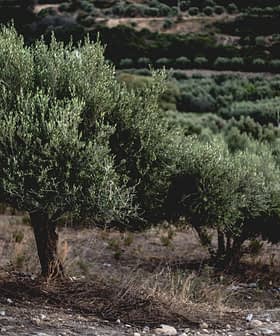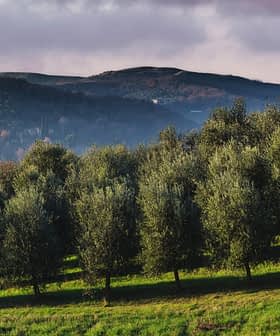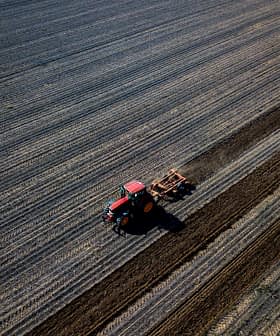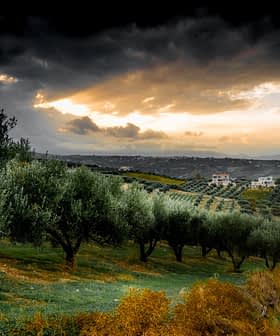Although in its initial stage, the new power plant in Andalucia, Spain is generating electricity, saving the environment from harmful toxins, and preserving landfill space by using waste from olive oil production as fuel.
Funded by the European Union with partners from the United Kingdom, Sweden, Spain and Greece, the prototype power plant or Biogas2PEM- FC project, is the product of research carried out at the KTH Royal Institute of Technology in Stockholm, Sweden in collaboration with PowerCell, a Nordic cleantech company that is a leader in fuel cell technology.
Development of the Biogas2PEM- FC project took two years to complete. The first prototype power plant, installed in an olive oil production facility operated by cooperative of San Isidro de Loja, Granada, fulfills its aim of producing power from waste created during olive oil production.
Carina Lagergren, lead researcher of the project at KTH Royal Institute of Technology emphasized that the “most important thing was finding a solution for all of the toxic waste leftover from olive oil production.”
Olive oil waste is toxic for the environment; it is acidic, highly saline and contains pesticides, toxic organic compounds and other hazardous contaminants. Current disposal method of dumping olive waste into sludge pits is potentially harmful for the environment as the toxins can leach into the surroundings.
Instead of dumping olive oil waste into sludge pits, the estimated 30 million cubic meters of wastewater produced annually by olive oil mills could be used for biogas production, according to Per Ekdunge, project coordinator and vice president of PowerCell.
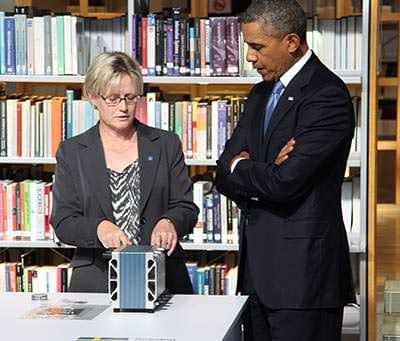
Carina Lagergren explained the olive oil project to President Barack Obama in 2013. (Photo: David Callahan)
The new power plant uses olive oil waste to produce “clean” energy in a three-step process.
Olive oil waste first undergoes digestion by anaerobic bacteria to produce biogas, which consists of methane, carbon dioxide and sulfur compounds. In the second phase, a reformer converts the biogas into carbon dioxide and hydrogen, which in the third and final stage, are converted by the fuel cells into heat and electricity with the addition of oxygen.
The final byproduct is toxic-free waste that can be safely disposed in landfills without concern of leaching toxins.
Although expensive, far from perfect and still in its initial testing, the plant produces 1 kW of power. There are plans to produce up to 200 kW of power that would supply 50 percent of the processing plant’s energy needs, explained Lagergren.
Other plans for this project include ways of decreasing costs and increasing efficiency of the prototype.
Use of the technology to produce clean energy from other agricultural waste is also possible, according to Ekdunge. This concept greatly interested U.S. President Barack Obama when he visited the KTH Royal Institute of Technology in 2013 while the project was still under research.



